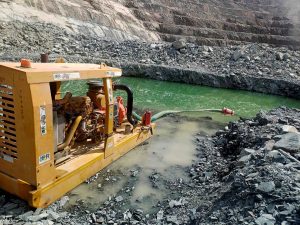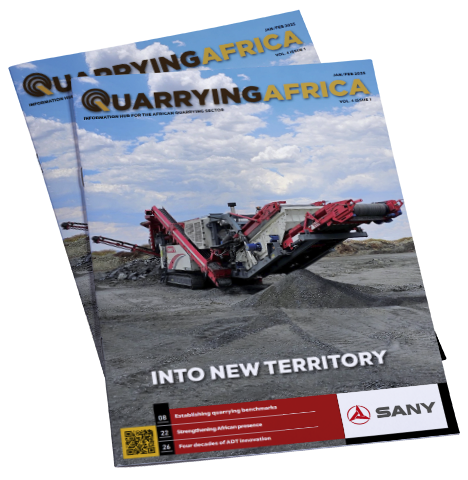Weak economic conditions in construction have led contractors to find new ways of surviving, and some strategies could undermine the longevity of roads and buildings, says AfriSam Construction Materials executive Avi Bhoora.
“On the aggregates side, we find that the call for ‘brown’ material – as opposed to the high-value ‘blue’ material like quartzite, tillite and dolomite – is rising,” he says. “While some brown materials can be modified by additives, they cannot match the quality of competent rock.”
In the past, G1 aggregate was the main base course for roads, with G2 as the sub-base, and G4 and G5 used for the selected layers. Bhoora says that recently there are efforts to substitute these, using products with names like G4A or G4A Special, for instance. Specifications are being adapted possibly because of cost pressure, but have not yet stood the test of time.
“During my 40 years in construction, I have been involved in projects building roads that have outlasted their expected 25-year lifespan by a decade or more,” says Bhoora. “It is uncertain whether the new specifications will be as effective, especially with the much heavier loads on our roads today. My personal view is that going this route might be short sighted in the long run.”
In terms of the readymix market, he says the average strength of concrete supplied has been gradually declining. AfriSam has long been known in the sector as a specialist in high strength products for demanding applications like high-rise buildings – with concrete strengths up to 100 MPa for high-rise projects.
“There are fewer projects like this currently, but there are also signs of users ‘buying down’ when it comes to readymix,” he says. “Whereas 35 MPa was the average strength we supplied until recently, that average is now closer to 28 MPa. This is concerning, as skimping on concrete strength is certain to have long term consequences for buildings’ longevity.”
He notes that there is still insufficient work entering the project pipeline throttling, holding back the potential of the construction sector to create jobs and build valuable infrastructure. Contractors and their supply chain remain under pressure, with low margins leading to the demise of amalgamation of important industry bodies.







